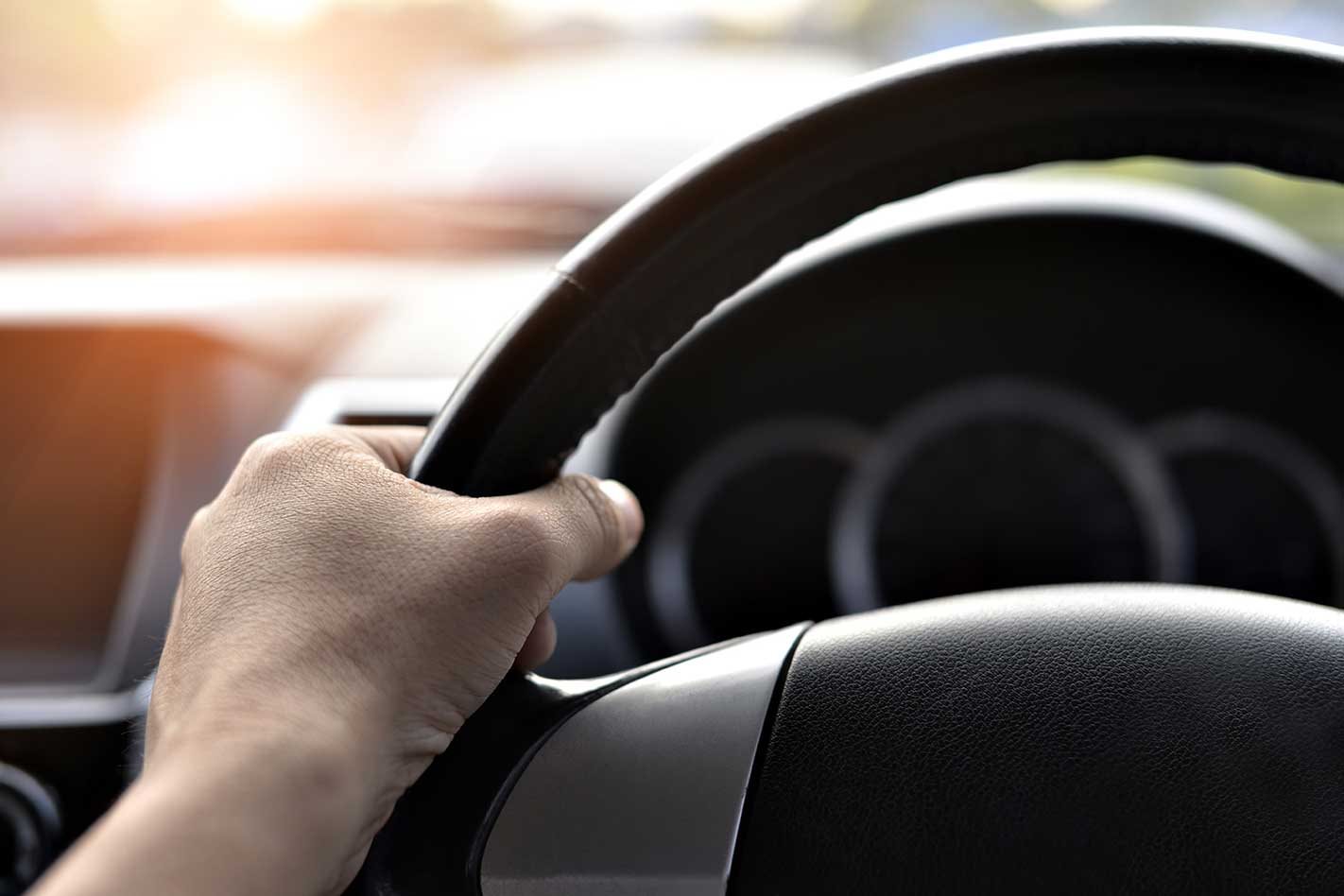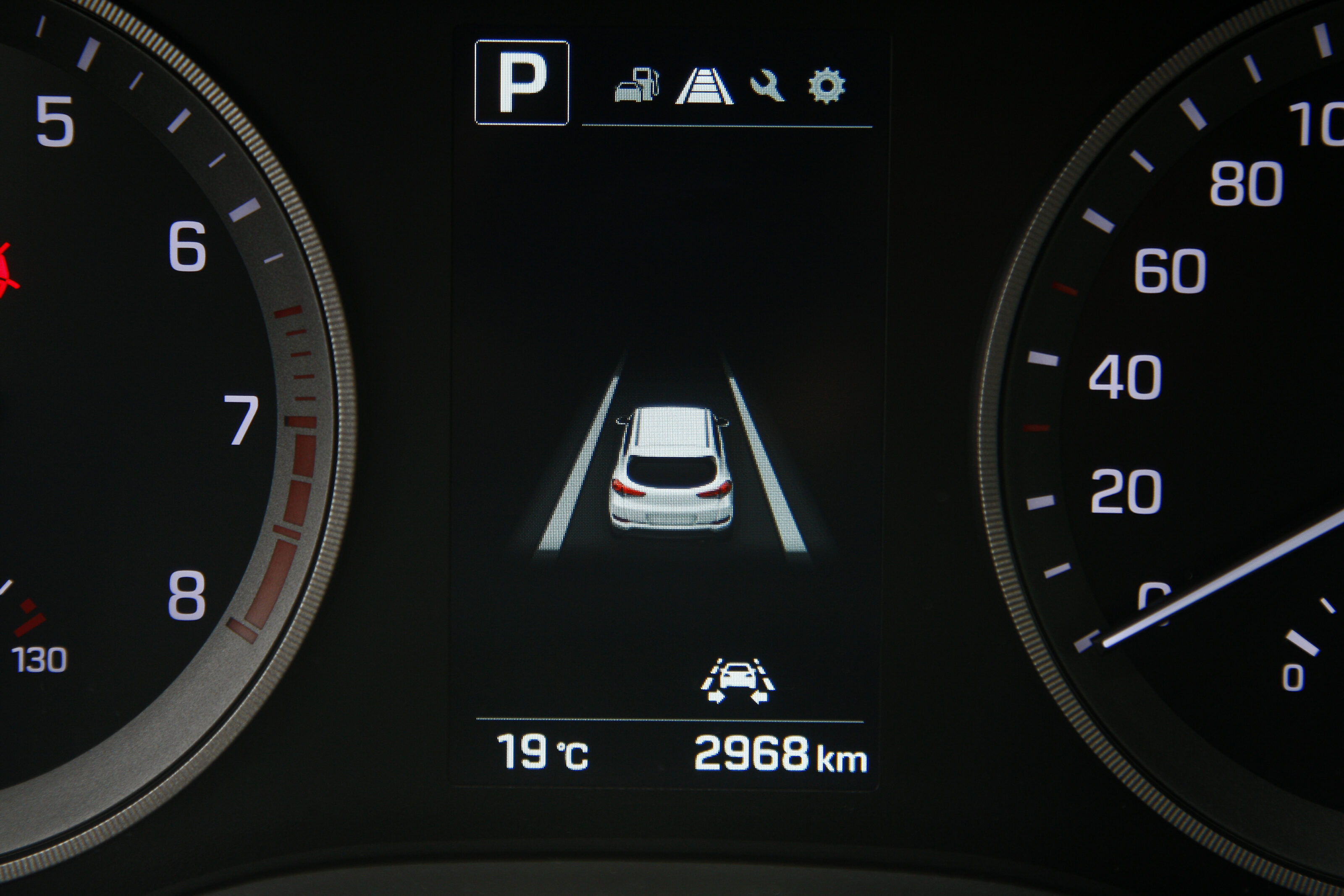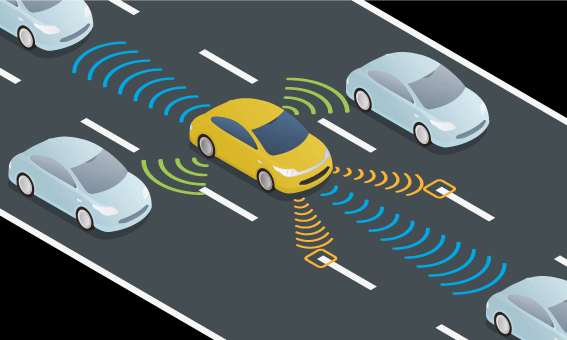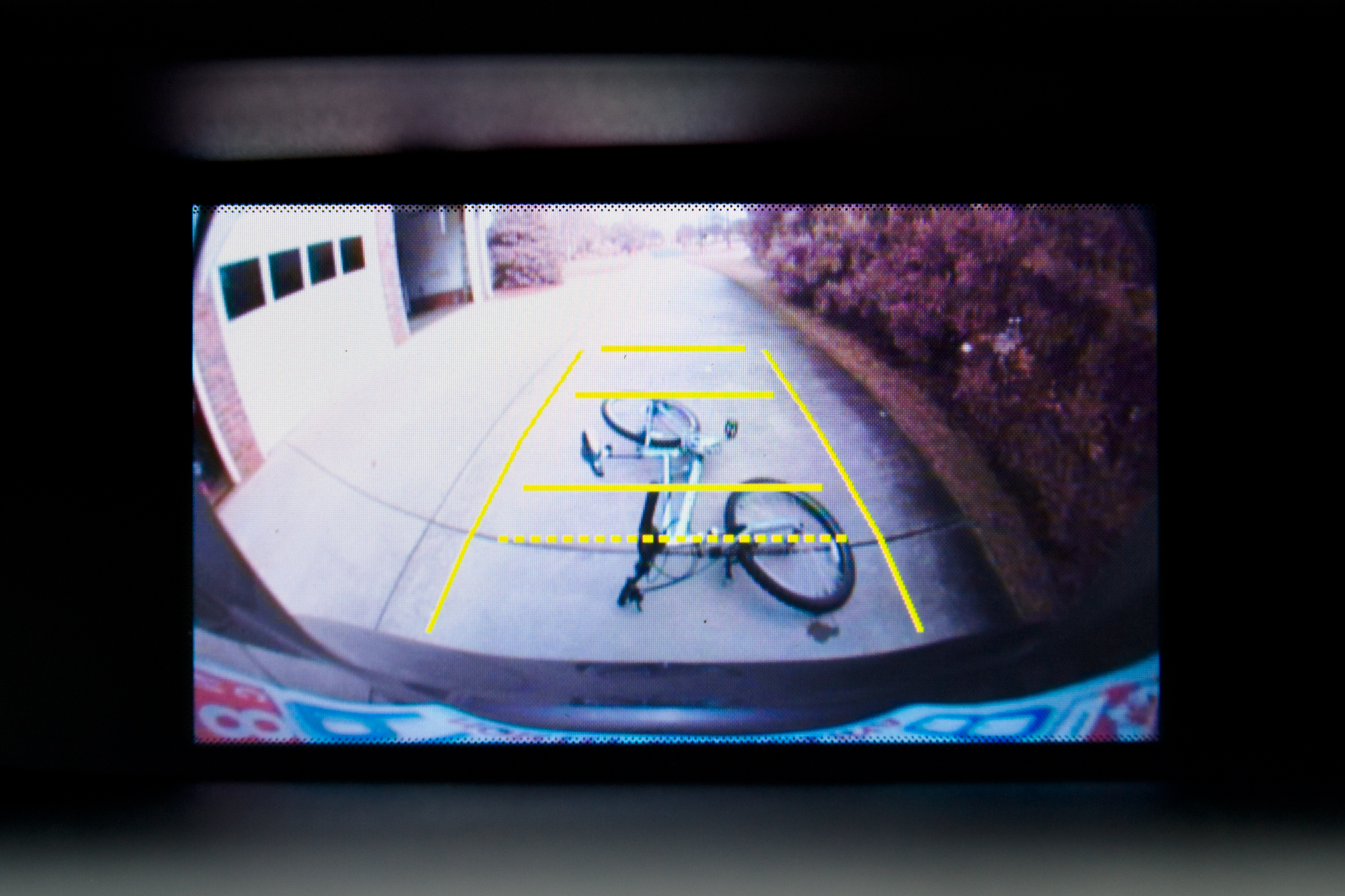
No one wants to be stuck in a car they don’t feel safe in. Thankfully, vehicle safety has come a long way over the years, thanks to tougher structures, better restraints and the addition of active safety technologies.
But with so much jargon and endless sales pitches, it’s hard to know what your car should and shouldn’t have.
According to ANCAP Safety, the three key areas of safety are:
Structural integrity: “how the shell of a vehicle withstands and channels crash forces away from occupants. This varies substantially from make to make, and model to model. A sound structure is vital when it comes to saving lives.”
Safety features: “built-in safety features such as airbags, antilock braking systems (ABS), electronic stability control (ESC) and seat belt pre-tensioners help prevent or manage the forces of impact. All are critical features”
And safety assist technologies (SAT): “advanced safety assist technologies assist the driver in avoiding or reducing the severity of a crash. These include autonomous emergency braking (AEB), lane departure warning (LDW), blind spot monitoring (BSM) and fatigue monitoring systems (FMS).
So what exactly are the features you should look for in your car?
Airbags
All cars have airbags, it’s a legal standard, but look for a car that at least offers head protection, side-airbags, and knee-protection. If a car offers all that and more, then it’s a tick. Look for frontal, side, curtain and knee airbags.
Automatic emergency braking (AEB)
AEB uses sensors and your cars electronic stability control (ESC, now standard in all cars) to stop your car when there’s an obstacle in your vehicle’s path and it senses you’ve not braked. It measures the speed and distance of objects head of you and will automatic apply the brakes if you don’t respond in time to either prevent or minimise an accident. While this is not currently available in all cars, it’s fast becoming a standard and is quite common in new models. Not all automatic braking systems are equal though – some cars will come to a complete stop while others will only slowdown enough lessen the impact.
Adaptive Cruise Control (ACC)

This is far less common but a very handy technology to have in your car. Using radar technology, the system will detect vehicles travelling ahead of you to mirror the speed and maintain a safe distance. So you avoid the annoying problem when you set your cruise control and the car in front of you suddenly slows down, forcing you to hit the brakes. You’ll likely have to pay a bit extra for adaptive cruise control, but it’s worth asking your dealer if it’s available in the car you’re buying.
Lane Keep Assist
According to the Transport Accident Commission of Victoria, 20 percent of fatal road accidents involve driver fatigue. That’s where Lane Keep Assist can help. The technology recognises lane markings and alerts a driver when they’re veering out of their lane without indication and will steering the vehicle back in position. This is still a relatively new technology, but certainly worth looking into, especially if you work long hours or shift work, or regularly drive long commutes. Fatigue reminders and detection are also technologies that can help, so ask about these if micro sleeps are a concern.
Blind Spot Monitoring

Most of us would have experienced a close call due to your blind spot at some stage, whether it was you changing lanes without checking, or someone else cutting you off and almost swiping out the front of your car. Blind Spot Monitoring uses sensors to warn drivers when someone is in the adjacent lane – this is usually through visual cues like a light on your side mirror along with audio cues like a beep or steering wheel vibrations.
Hill Launch Assist
Depending on the transmission of your car, this will be more valuable to some than others, but basically, when your car sensors you’re stopped on a hill, it’ll automatically apply the brakes to hold the vehicle and prevent it rolling backwards between the seconds of moving your foot from the brake to the accelerator. Particularly handy in a manual!
Reversing Camera

Cameras are almost a standard features in cars these days, with most models offering it at some stage in the line-up. While these are unlikely to prevent a crash on the road, they do help when you’re trying to reverse out of a space or can’t see what’s behind you. They’re biggest value, however, is helping spot pedestrians around your car, particularly children, when reversing out of a driveway.



